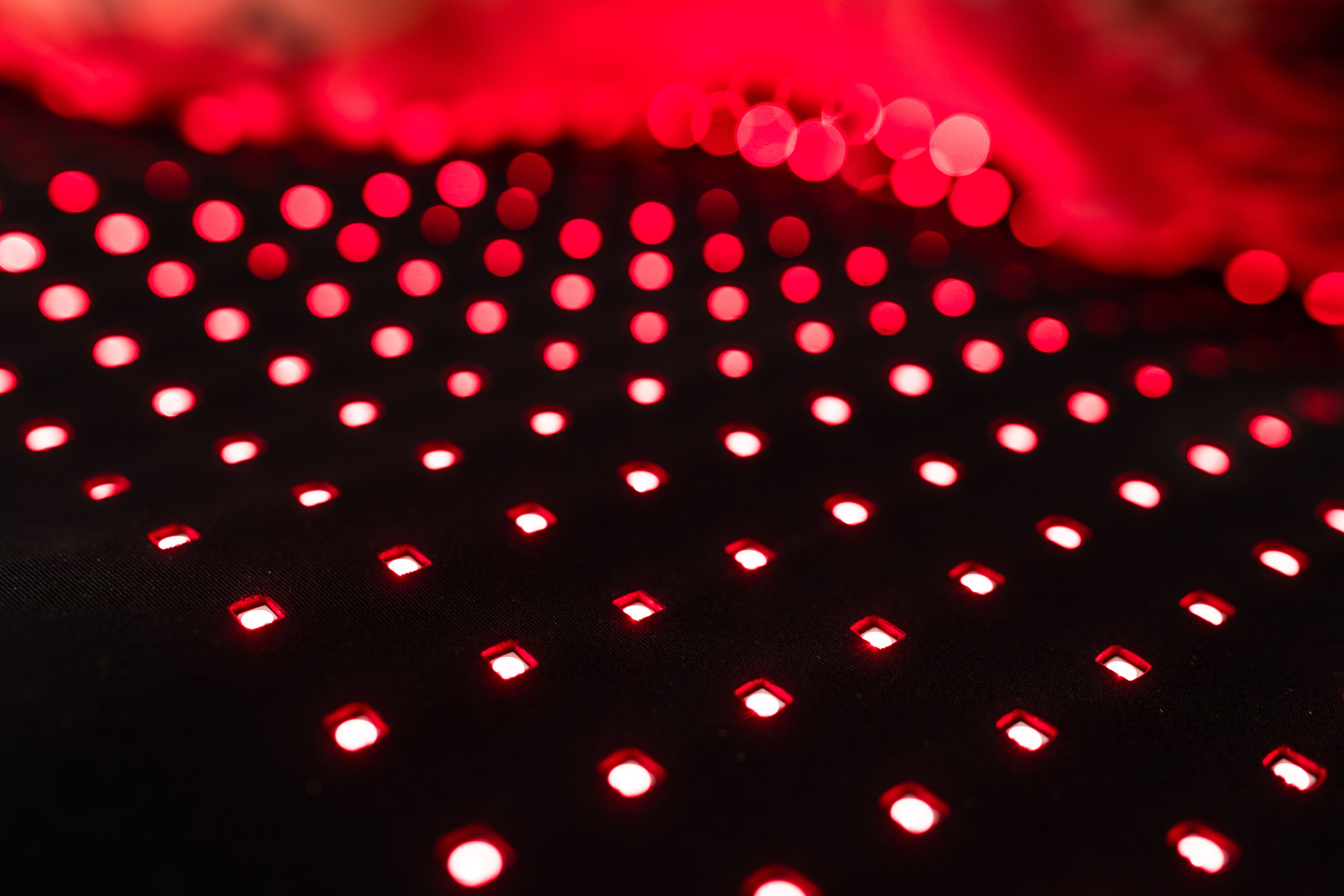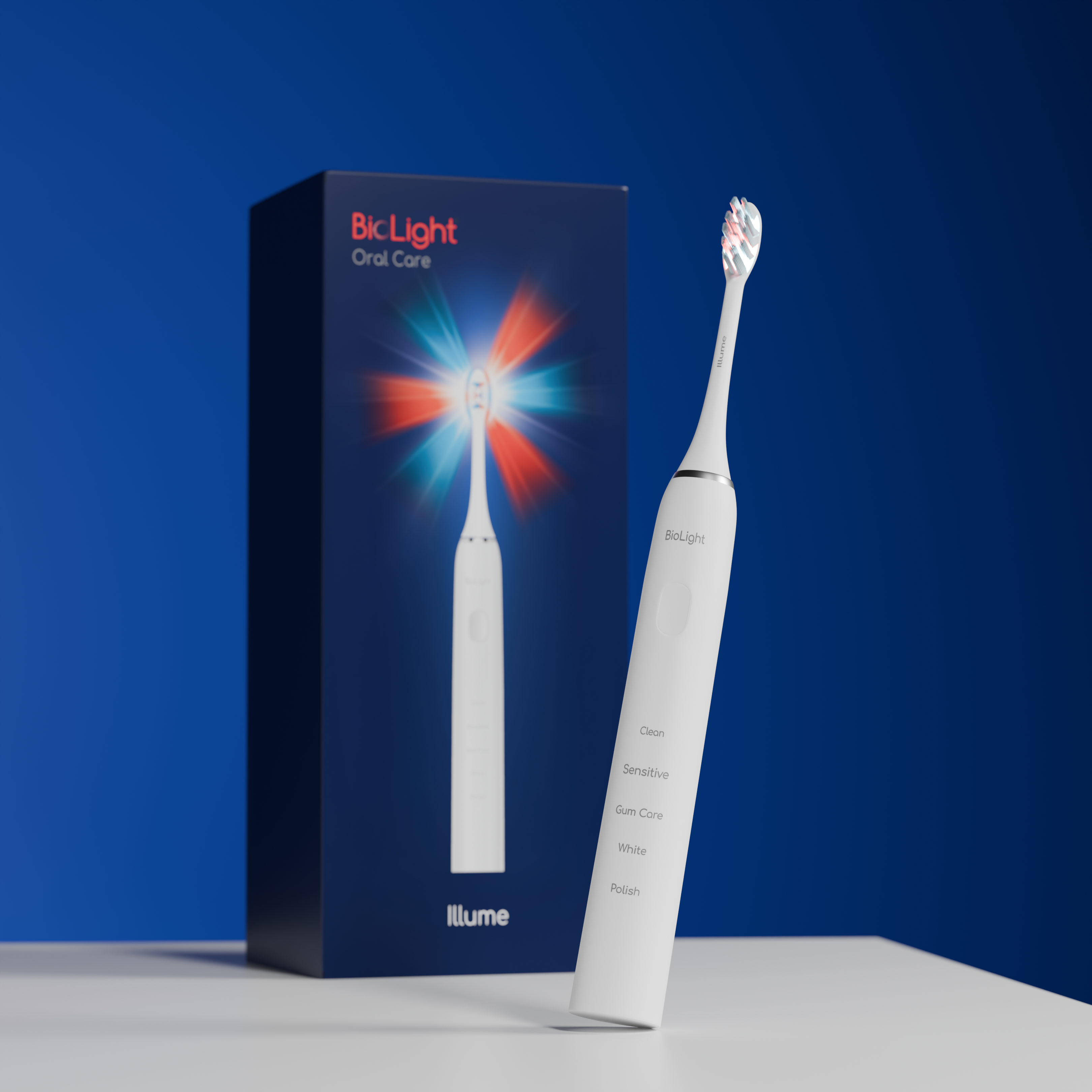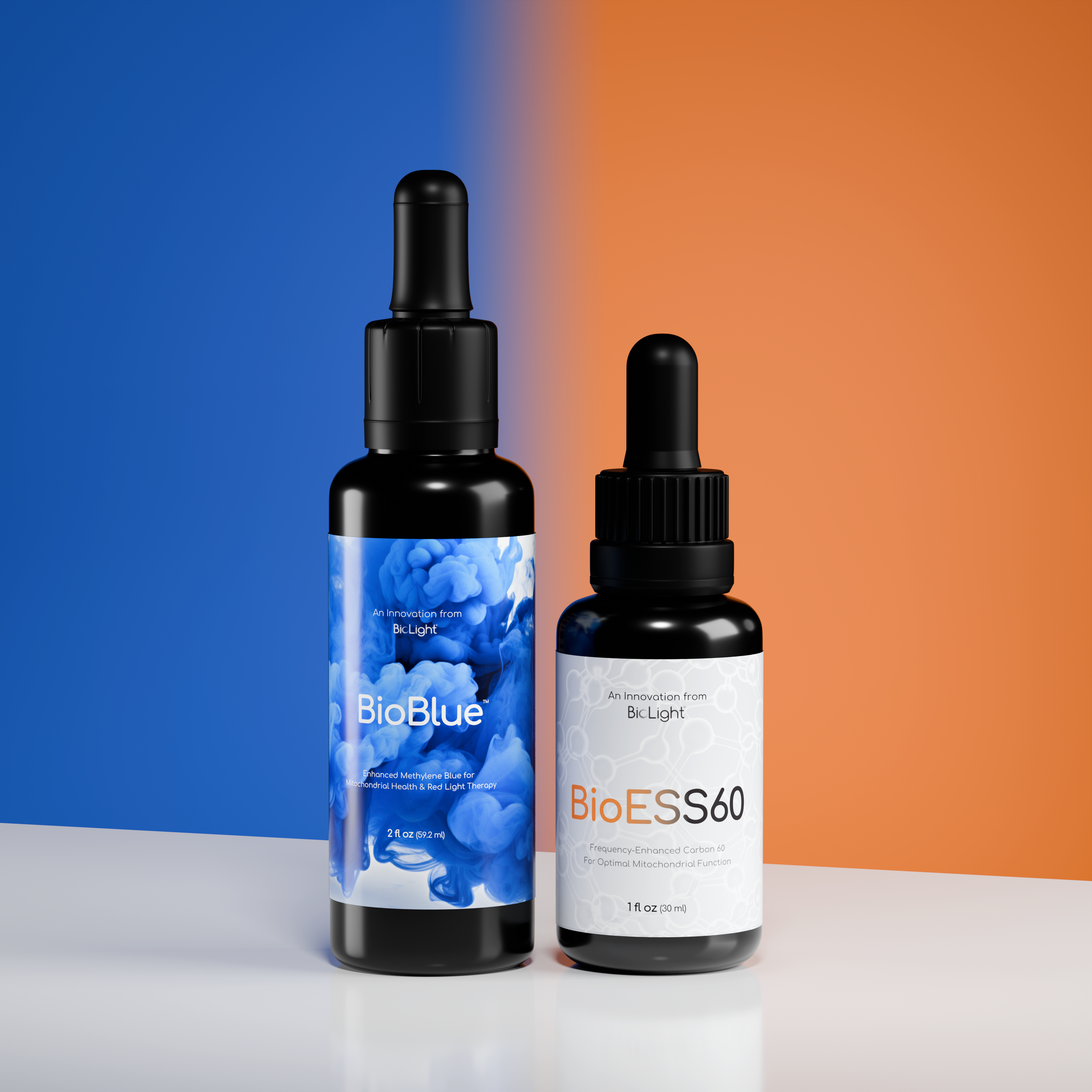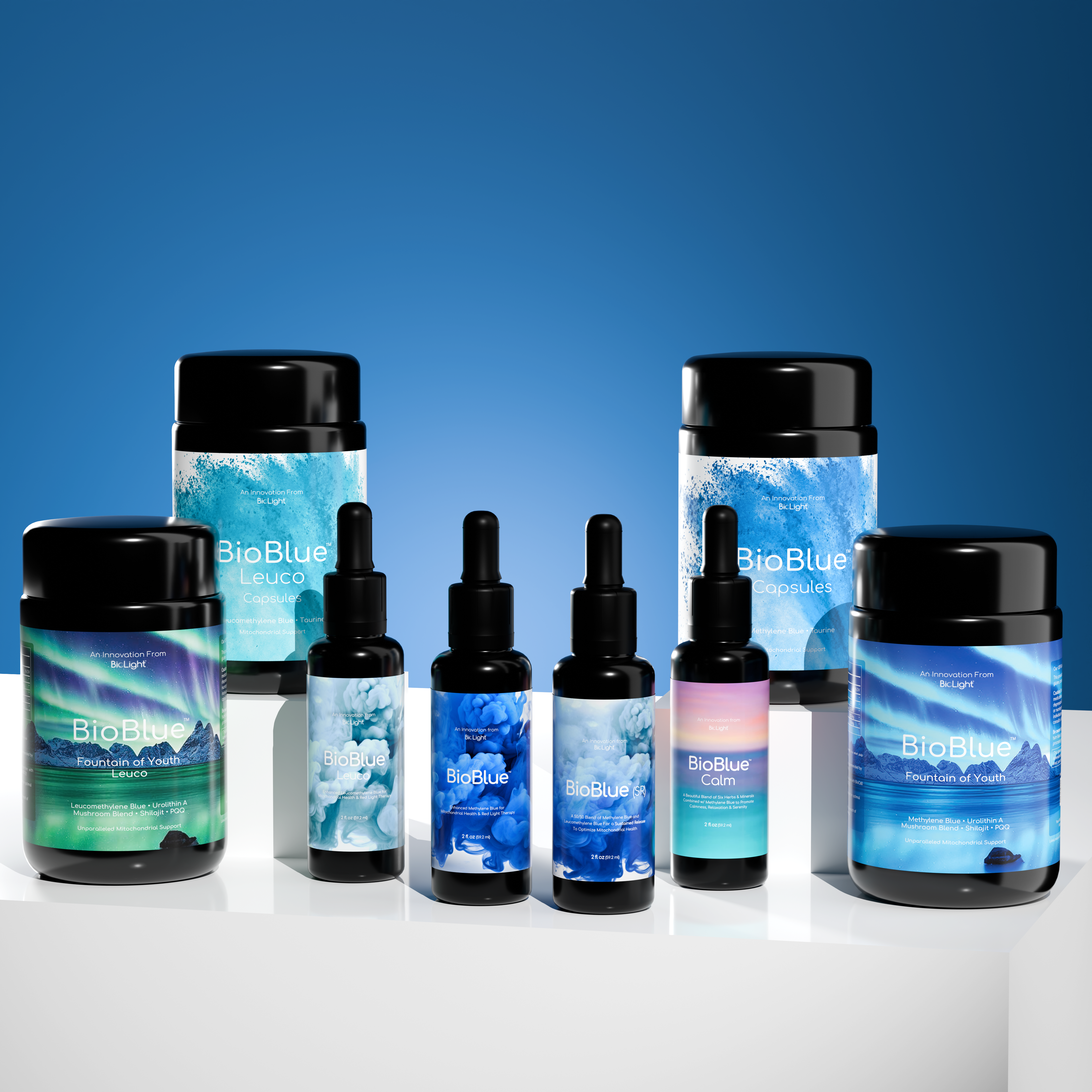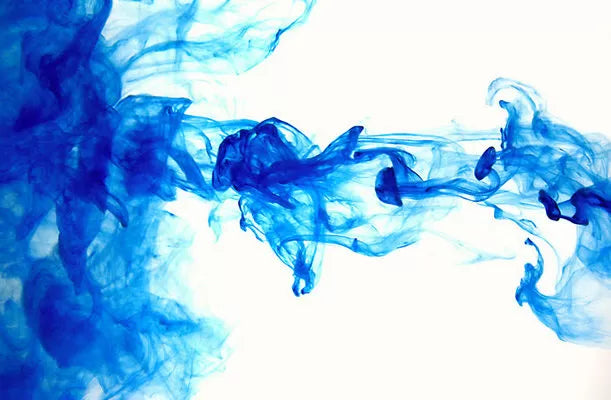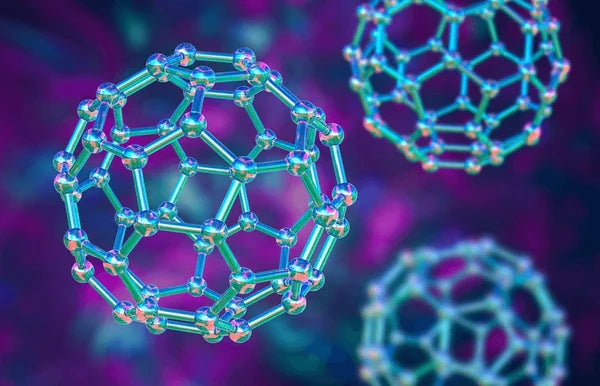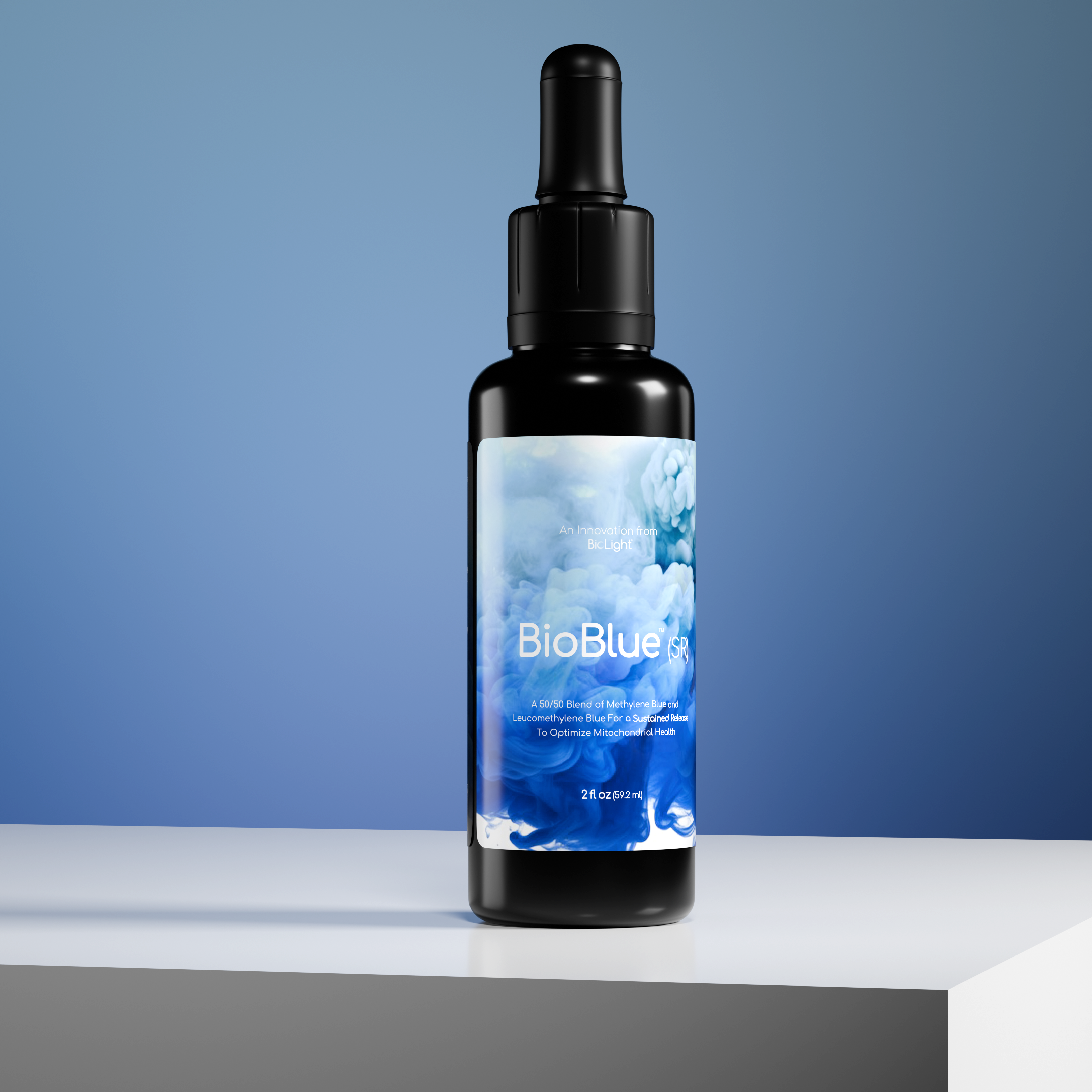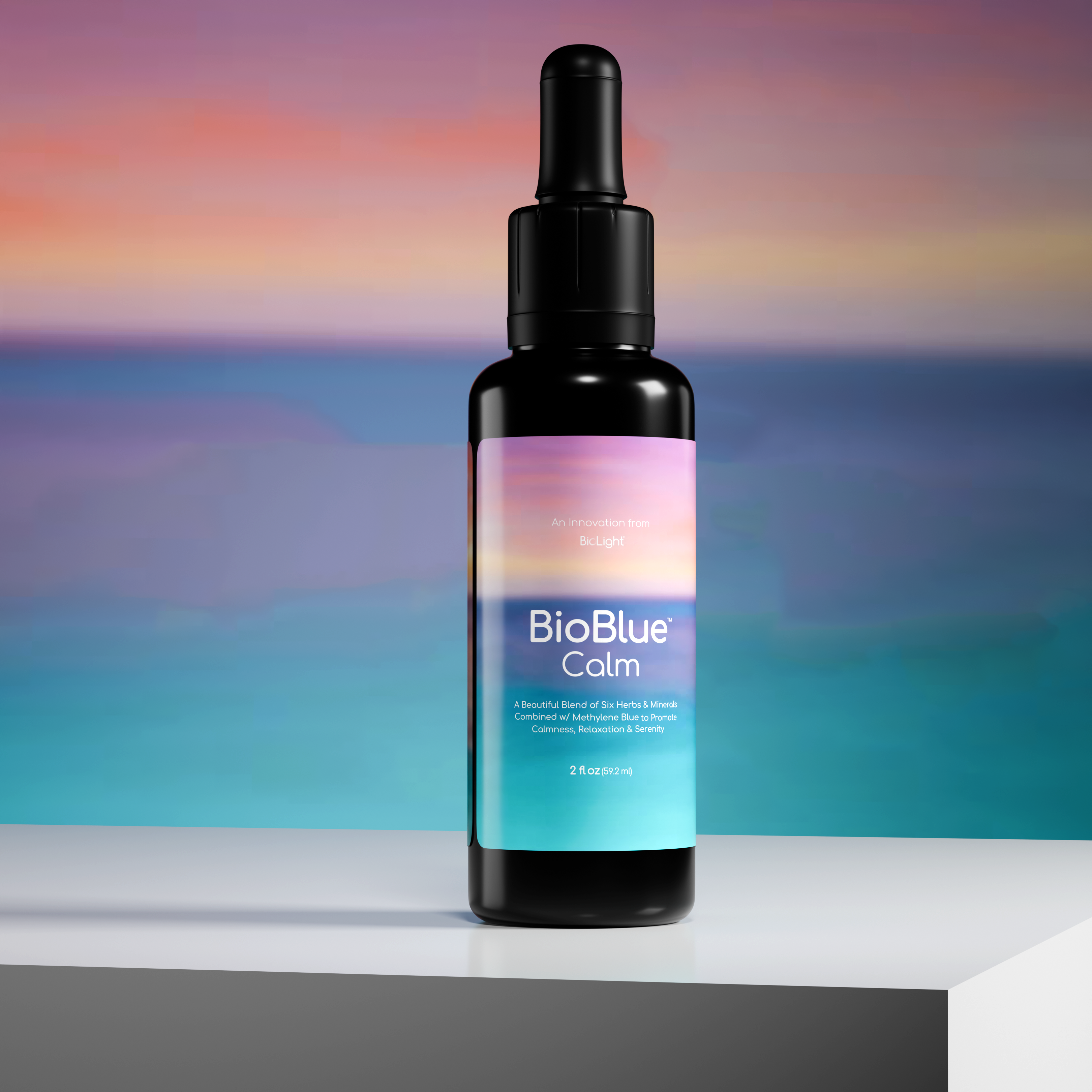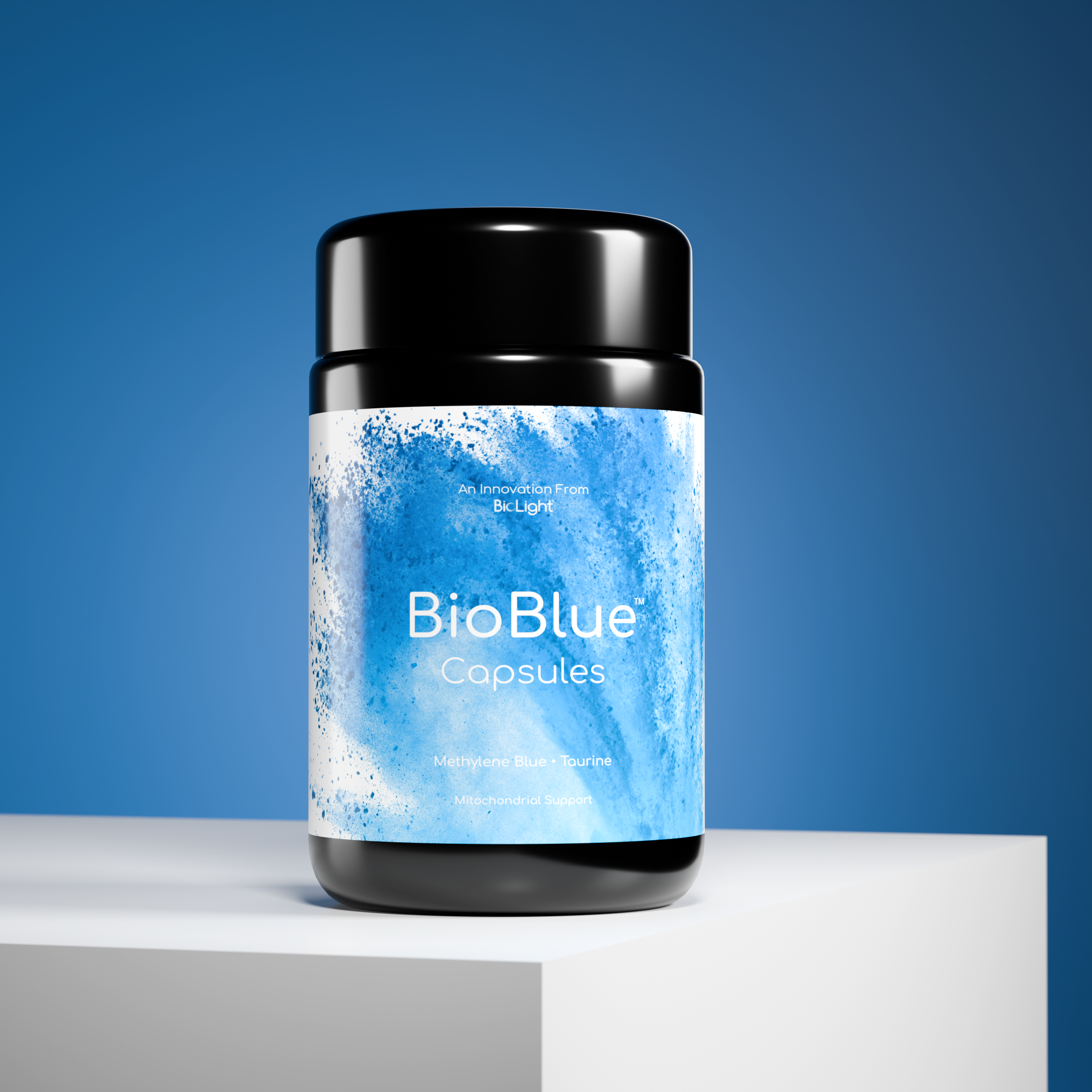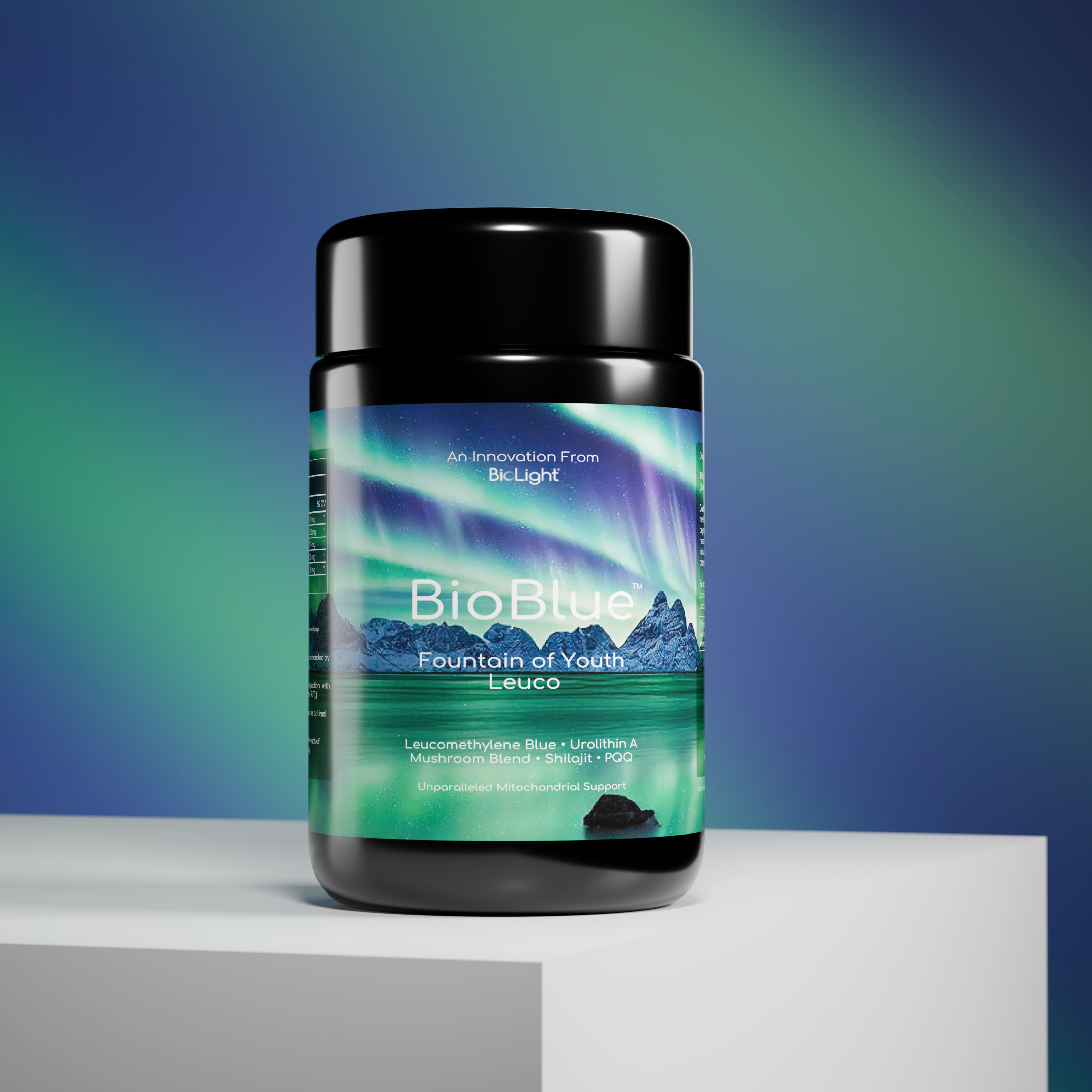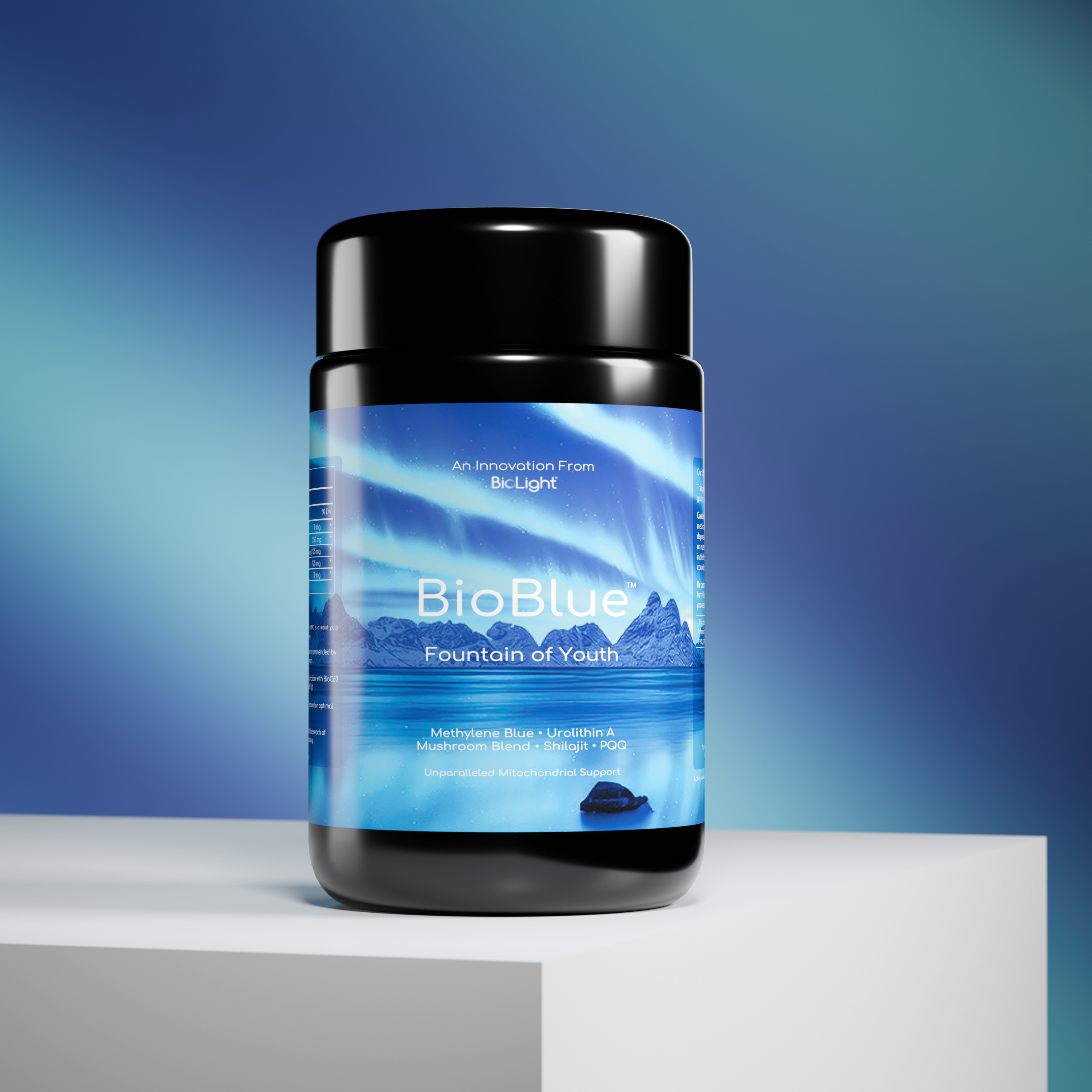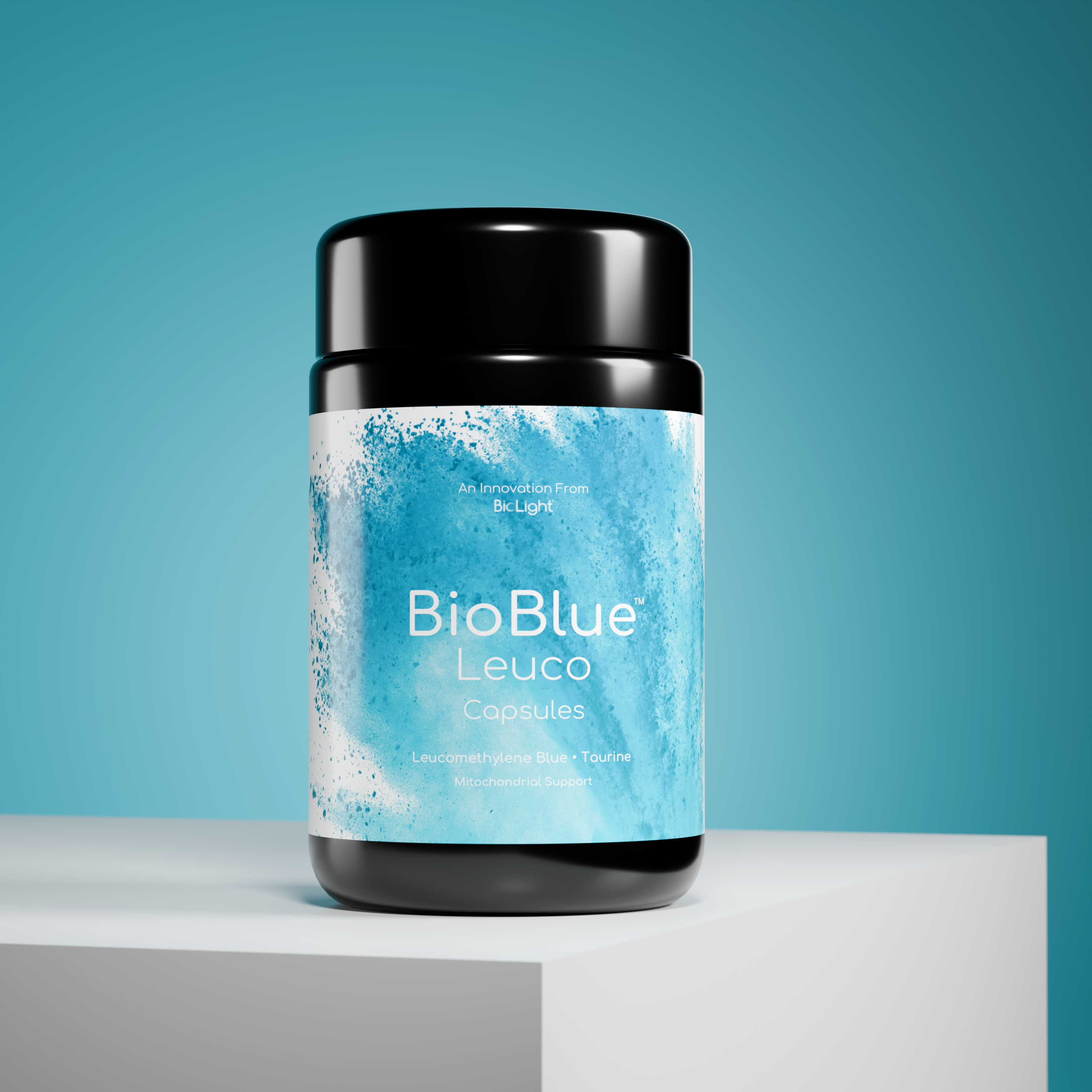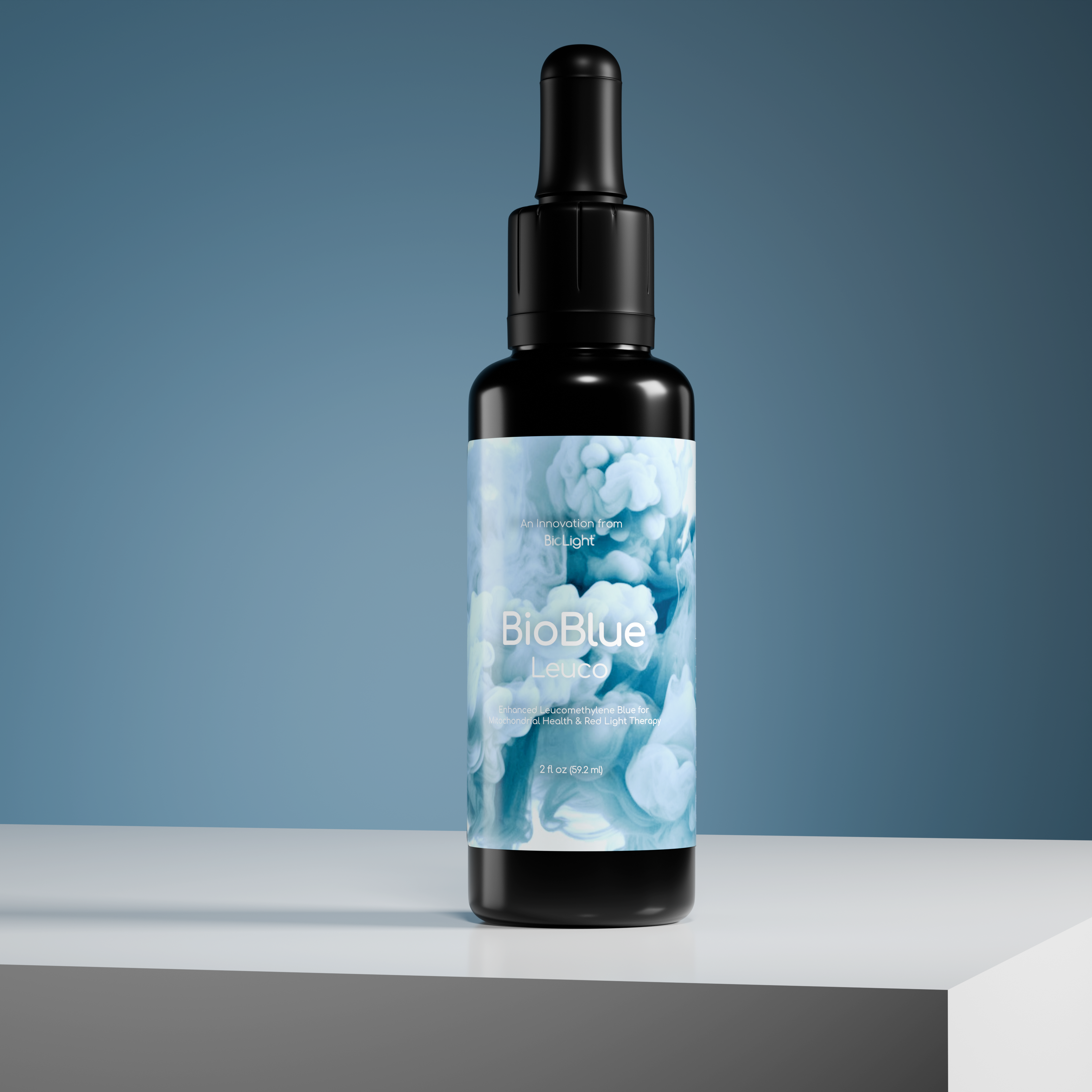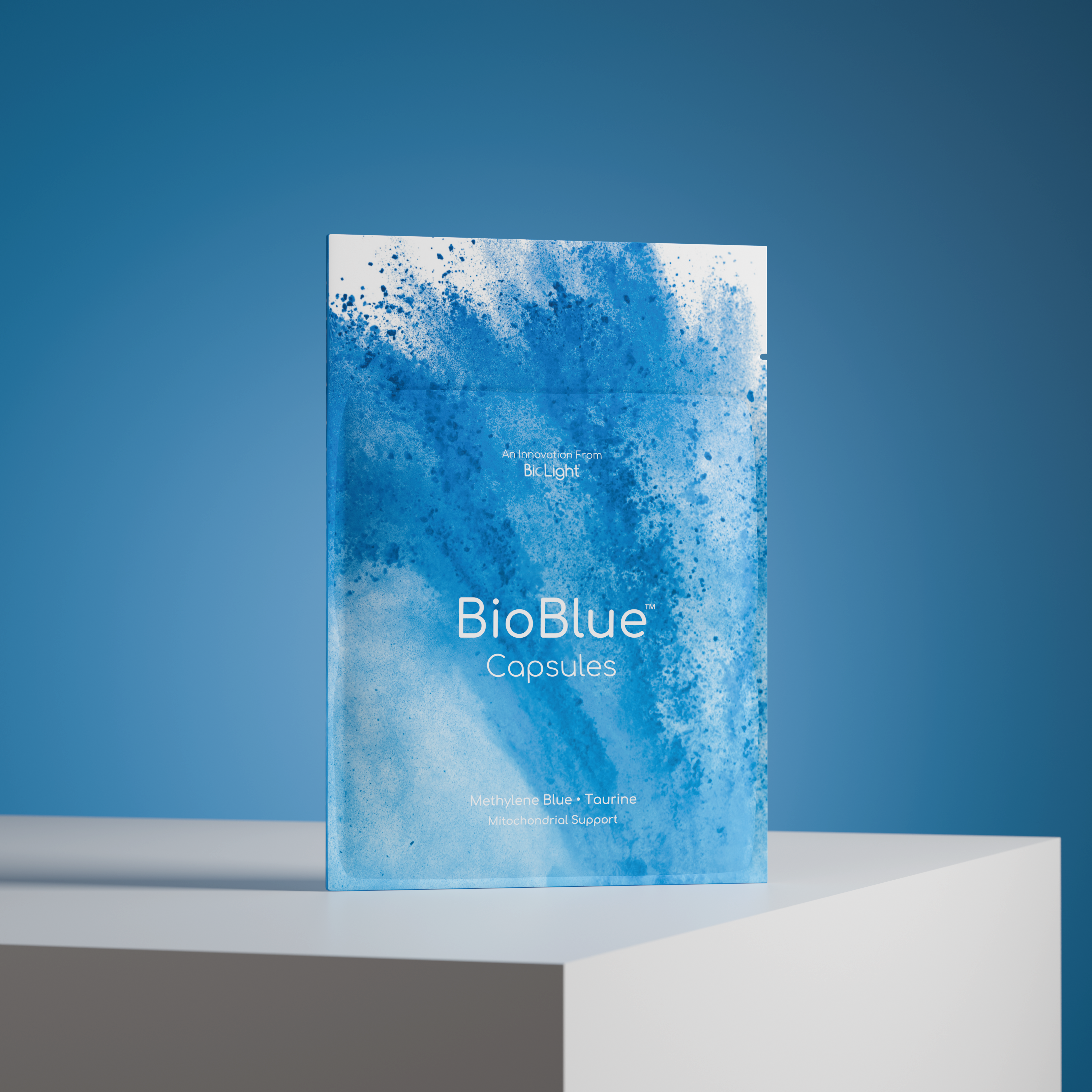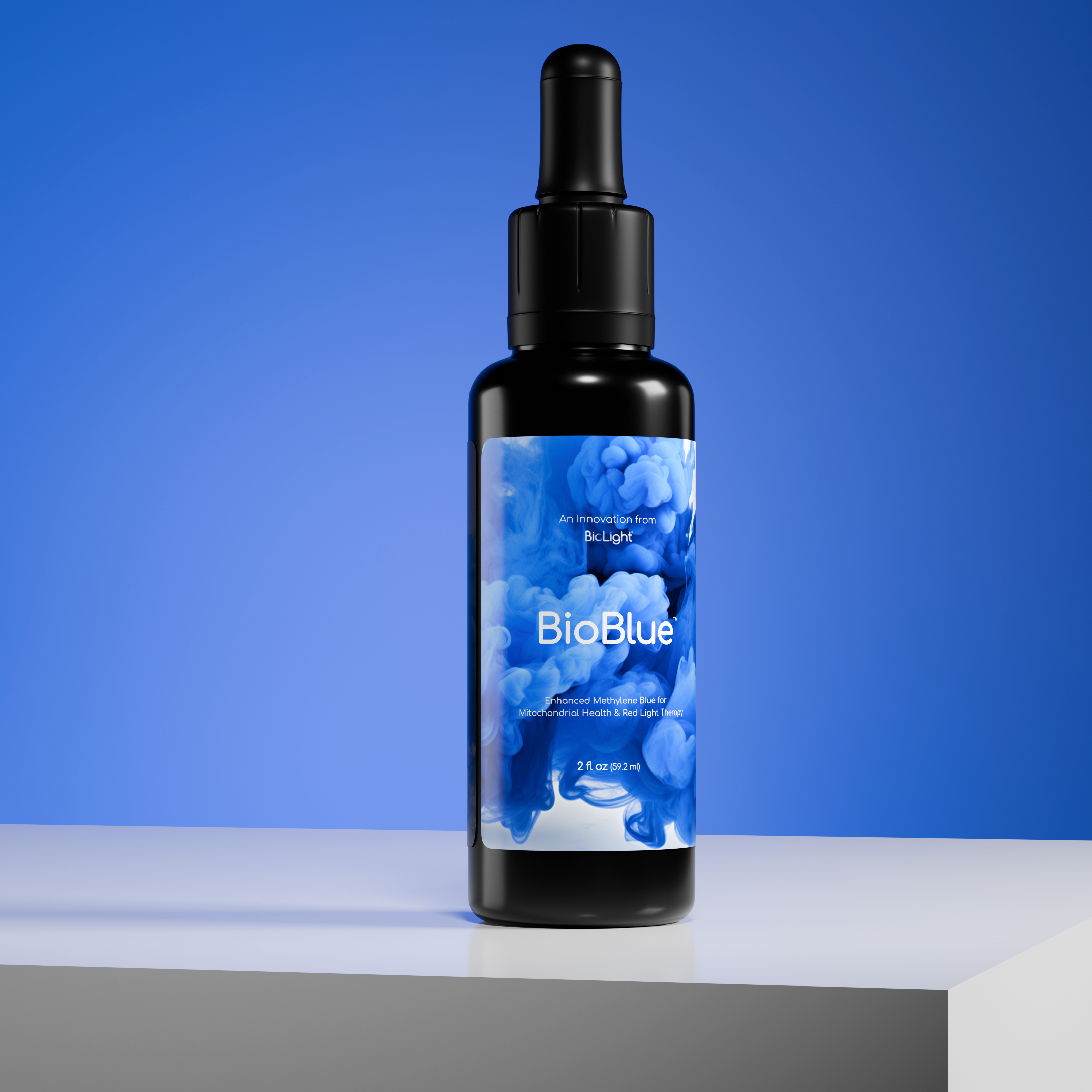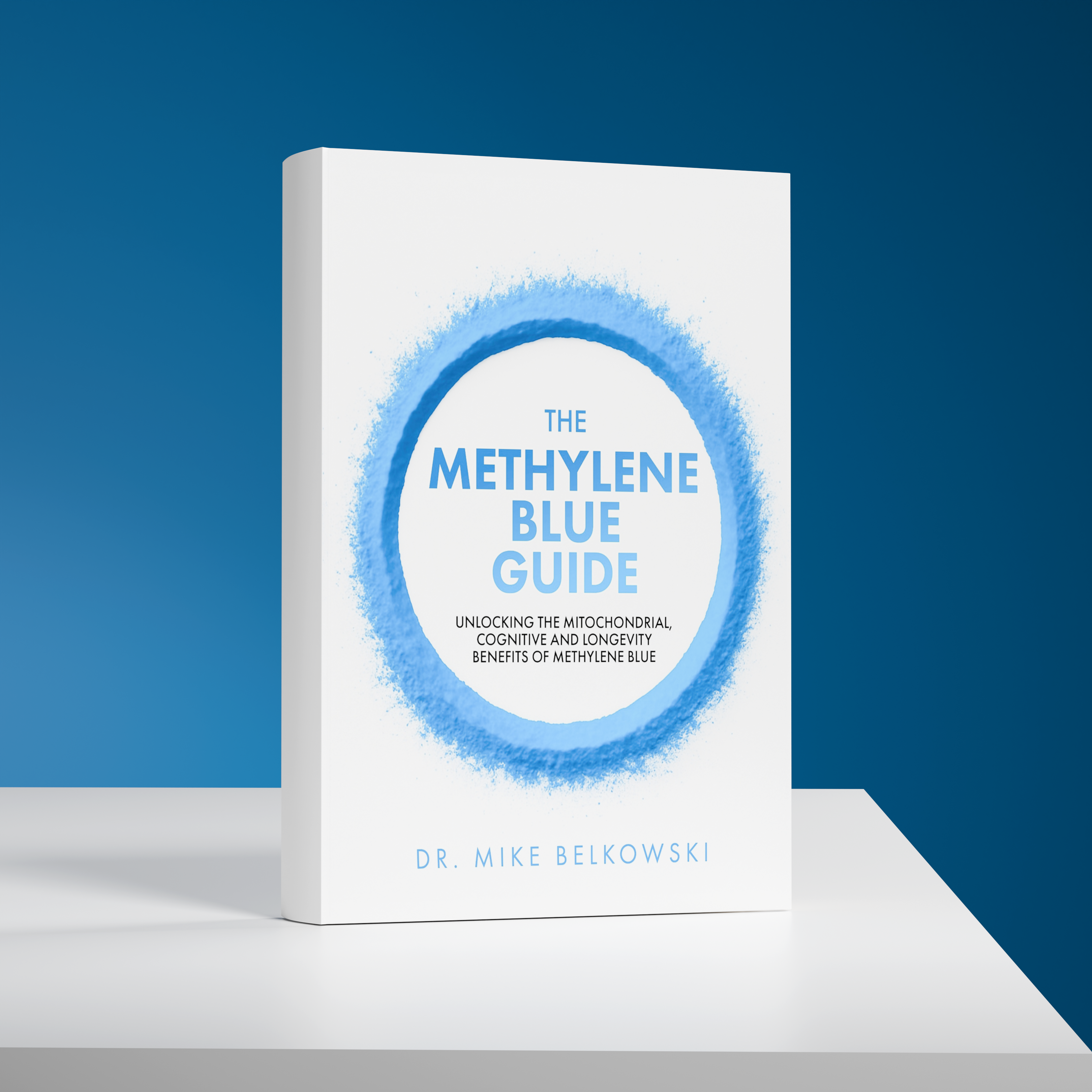Health Benefits of Methylene Blue

Methylene blue is a medication and dye that has been studied for various potential health benefits. It has a long history of use in medicine, primarily as a dye for staining biological tissues for diagnostic purposes. In recent years, researchers have explored its potential therapeutic properties and, thus, it's important to note that more research is needed to fully understand its benefits and risks. Some potential health benefits of methylene blue include:
-
Methemoglobinemia Treatment: Methylene blue is commonly used as an antidote for methemoglobinemia, a condition in which the blood contains too much methemoglobin, reducing its ability to carry oxygen. Methylene blue can help convert methemoglobin back to hemoglobin, restoring normal oxygen-carrying capacity.
-
Cognitive Enhancement: There is some research suggesting that methylene blue may have cognitive-enhancing properties. It has been investigated as a potential treatment for neurodegenerative disorders like Alzheimer's disease and Parkinson's disease. Some studies suggest it may improve memory and cognitive function, but more research is needed.
-
Antioxidant Properties: Methylene blue is known to have antioxidant properties, which means it can help reduce oxidative stress in the body. This could potentially be beneficial in various health conditions associated with oxidative damage.
-
Antimicrobial Properties: Methylene blue has shown some antimicrobial activity and has been used in the past to treat infections, particularly in a topical or localized manner.
-
Anti-parasitic Effects: Research has indicated that methylene blue may have anti-parasitic properties and could be effective against certain parasitic infections.
-
Potential for Mood Disorders: There is some preliminary evidence suggesting that methylene blue might have antidepressant properties. It has been studied as an adjunctive treatment for depression, but more research is needed to establish its effectiveness and safety in this regard.
-
Neuroprotection: Methylene blue has been investigated for its potential to protect nerve cells and improve outcomes in conditions like stroke and traumatic brain injury.
It's important to note that while methylene blue has potential health benefits, it can also have side effects and interactions with other medications. The use of methylene blue should always be under the guidance and supervision of a healthcare professional. Additionally, the dosages and administration methods can vary depending on the specific medical condition being treated.
Check out BioLight's enhanced methylene blue product: BioBlue
Methylene Blue & Mitochondrial Function

Methylene blue (MB) has been investigated for its potential to support mitochondrial health and function. It can impact mitochondrial health through several mechanisms:
-
Electron Transport Chain (ETC) Support: Methylene blue acts as an electron carrier within the mitochondrial electron transport chain (ETC). It can accept electrons from the ETC and help shuttle them through the chain, ultimately improving the efficiency of electron transport and ATP (adenosine triphosphate) production. This enhanced electron transport can potentially boost mitochondrial function and energy production.
-
Mitochondrial Membrane Potential: Methylene blue has been shown to help maintain the mitochondrial membrane potential. The mitochondrial membrane potential is essential for the production of ATP and the overall function of the mitochondria. By stabilizing this potential, MB may contribute to the proper functioning of mitochondria.
-
Antioxidant Properties: MB has antioxidant properties and can help reduce oxidative stress within mitochondria. Mitochondria are vulnerable to oxidative damage due to the production of reactive oxygen species (ROS) during ATP production. Methylene blue's antioxidant effects may help protect mitochondria from oxidative damage, preserving their function.
-
Neuroprotection: MB has been studied for its potential neuroprotective effects, particularly in neurodegenerative diseases like Alzheimer's and Parkinson's. Mitochondrial dysfunction is a common feature of these diseases, and MB's ability to support mitochondrial health may contribute to its neuroprotective properties.
-
Anti-Inflammatory Effects: Chronic inflammation can negatively impact mitochondrial function. Some studies suggest that MB may have anti-inflammatory properties, which could indirectly benefit mitochondrial health by reducing inflammation within tissues.
-
Vasodilation: Methylene blue has vasodilatory properties, meaning it can help dilate blood vessels. Improved blood flow can enhance the delivery of oxygen and nutrients to mitochondria, supporting their function and overall cellular health.
It's important to note that while there is evidence supporting the potential benefits of methylene blue for mitochondrial health, its use should be guided by healthcare professionals. The dosages, treatment protocols, and potential risks need to be carefully considered, especially when using it for specific medical conditions.
Check out BioLight's enhanced methylene blue product: BioBlue
Methylene Blue & Red Light Therapy

Methylene blue (MB) and photobiomodulation (PBM), also known as red light therapy, are two separate therapeutic approaches that have been studied independently for their potential health benefits. Here are some insights into how they may work together:
-
Synergistic Effects: Some researchers have suggested that combining methylene blue with photobiomodulation may have synergistic effects. Methylene blue can absorb and utilize light energy, and when used in conjunction with PBM, it may enhance the therapeutic benefits of photobiomodulation.
-
Enhanced Cellular Energy Production: Both methylene blue and PBM have been investigated for their ability to enhance cellular energy production. Methylene blue acts as a mitochondrial electron carrier, helping to improve mitochondrial function and energy production within cells. PBM, on the other hand, is thought to enhance ATP (adenosine triphosphate) production in mitochondria. Combining these two approaches may potentially further boost cellular energy production.
-
Increased Blood Flow: Photobiomodulation has been shown to improve blood flow and increase the release of nitric oxide, which helps dilate blood vessels. Methylene blue may complement this effect by further enhancing blood flow due to its vasodilatory properties.
-
Antioxidant and Anti-Inflammatory Effects: Both methylene blue and PBM have antioxidant and anti-inflammatory properties. By working together, they may provide a more comprehensive approach to reducing oxidative stress and inflammation within tissues.
-
Neuroprotection: Methylene blue has been studied for its potential neuroprotective effects, particularly in conditions like Alzheimer's disease and Parkinson's disease. PBM has also been explored for its neuroprotective properties. Combining these approaches might provide added benefits for brain health and neuroprotection.
It's important to note that while there is some theoretical rationale for the combination of methylene blue and photobiomodulation, clinical studies evaluating their combined use in humans are limited. The safety and efficacy of such combinations need to be further investigated, and individual responses may vary. If you are considering using methylene blue and photobiomodulation together for a specific health condition, it's crucial to consult with a healthcare professional or specialist who is knowledgeable about both therapies. They can provide guidance on the appropriate dosages, treatment protocols, and potential benefits and risks associated with their combined use.
Check out BioLight's enhanced methylene blue product: BioBlue
Recommended Methylene Blue Oral Dosing*


*These statements have not been evaluated by the Food and Drug Administration. This product is not intended to diagnose, treat, cure or prevent any disease. Information provided by this website or this company is not a substitute for individual medical advice. | ©BioLight, Inc, 2023
Contraindications & Precautions
Contraindications:
-
G6PD Deficiency: Methylene blue is contraindicated in individuals with glucose-6-phosphate dehydrogenase (G6PD) deficiency, a genetic enzyme disorder. Using methylene blue in individuals with this condition can lead to hemolytic anemia, a potentially severe breakdown of red blood cells.
-
Sulfite Sensitivity: Some methylene blue formulations may contain sulfites, which can trigger allergic reactions in individuals with sulfite sensitivity or allergies.
Precautions:
-
Renal Impairment: Patients with kidney disease or impaired renal function should be monitored carefully when using methylene blue. Dosing adjustments may be necessary due to changes in drug elimination.
-
Hepatic Impairment: Individuals with liver disease or impaired liver function should also be monitored closely, as methylene blue is metabolized by the liver.
-
Pregnancy and Breastfeeding: The safety of methylene blue during pregnancy and breastfeeding is not well established. It should be used with caution in pregnant or nursing women, with careful consideration of the potential risks and benefits.
-
Hypotension: Methylene blue can lower blood pressure. Patients with hypotension (low blood pressure) should be monitored closely, and adjustments to the dosage may be needed.
-
Medication Interactions: Methylene blue may interact with various medications, including serotonergic agents (e.g., certain antidepressants) and monoamine oxidase inhibitors (MAOIs). These interactions can lead to potentially dangerous serotonin syndrome. Inform your healthcare provider about all medications you are taking.
-
Allergies: Individuals with known allergies to methylene blue or other dyes should avoid its use.
-
Oxidative Stress: Methylene blue has antioxidant properties. In conditions where oxidative stress is not a factor, such as in some cancers, its use may not be advisable.
-
Children: While methylene blue is generally considered safe for children when used as a dye for diagnostic purposes, its use as a medication should be under the supervision of a healthcare professional and carefully considered in pediatric patients.
